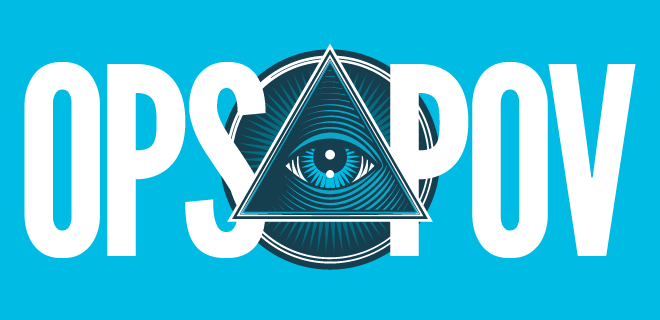
Yesterday’s internet is not today’s internet. And today’s internet will not be tomorrow’s.
Consumer data privacy concerns have already begun to reshape the internet’s future infrastructure. And as the US government leans closer to passing federal privacy legislation, the reshaping will only continue.
These privacy concerns — AI innovation, the impending cookiepocolypse, Big Tech vs. DOJ, revolving ad spend slowdowns — all promise to shake things up further. And along with the new internet will come a new advertising ecosystem. Are publishers equipped to handle what’s coming next?
The short answer is no, but that doesn’t mean they can’t get ready. We spoke with James Avery, CEO and founder of Kevel, a cloud-based ad server development platform, to learn more about what’s ahead and how the industry can prepare.
The New Internet
Yakira Young: Of all of the changes happening in ad tech right now — ad spend slowdown, privacy regulations, big tech implications, third-party cookie deprecation, AI and automation, and the rise of PMPs — what do you think will have the biggest impact on the new Internet and how will that transformation happen?
 James Avery: Ad spend slowdown isn’t anything new to the industry, which always has ups and downs. This is a crucial time for industry players to pay close attention. It’s the best time to learn where advertisers are getting the best ROI on their spend versus where they are spending experimentally.
James Avery: Ad spend slowdown isn’t anything new to the industry, which always has ups and downs. This is a crucial time for industry players to pay close attention. It’s the best time to learn where advertisers are getting the best ROI on their spend versus where they are spending experimentally.
In terms of privacy and the death of third-party cookies, this realm will have the most dramatic changes on the Internet, with lots of companies trying to put the genie of various ID solutions back in the bottle. However, none of them will recreate the third-party cookie and the massive amount of data syncing and leakage happening for the last decade.
Privacy and the deprecation of third-party cookies will lead to the growth of PMPs. As the value of random internet traffic goes down, the value of buying on specific properties with proprietary first-party data will increase.
AI and automation have always been a part of ad tech, and the rest of the world is just now catching up.
YY: Some say Web3 and user control will dominate the new Internet. Is that how you see things evolving?
JA: People always think users care enough to customize their ad experience or share preferences, but at the end of the day, users just want to read a great article, use a great app, and not be annoyed by advertisements.
YY: With all this talk about a return to first-party data, do you see the industry reaching the same scale they are accustomed to, or should we be talking about new metrics now?
JA: The differences will become more extreme. As advertisers flock to ad platforms with true identity, they can target in ways they are already accustomed to, but with less fraud and at a smaller scale.
They will be able to reach the same scale as before but with less fine-grained targeting. They should be able to match or exceed their current performance between the two.
Preparing for Change
YY: Is the current ad tech infrastructure equipped for the advertising ecosystem of the future and the new Internet?
JA: Current technology is absolutely not equipped to prepare the advertising ecosystem for the future of the Internet. The majority of publishers are ill-equipped for the massive disruption that is coming to our industry. They continue to assume that someone like Google or TTD will solve this problem for them. These platform giants are investing in building their ad platforms around their first-1st party data, uniquely positioned to sell to brands. The rest of the industry will be left out of the equation.
YY: What are some things industry leaders should do to get ready and adapt successfully?
JA: Everyone hopes it will be business as usual and the identity systems will maintain the status quo. However, I think leaders should rethink the entire stack — how to cut out the middleman and better optimize their stacks in terms of performance and sustainability.